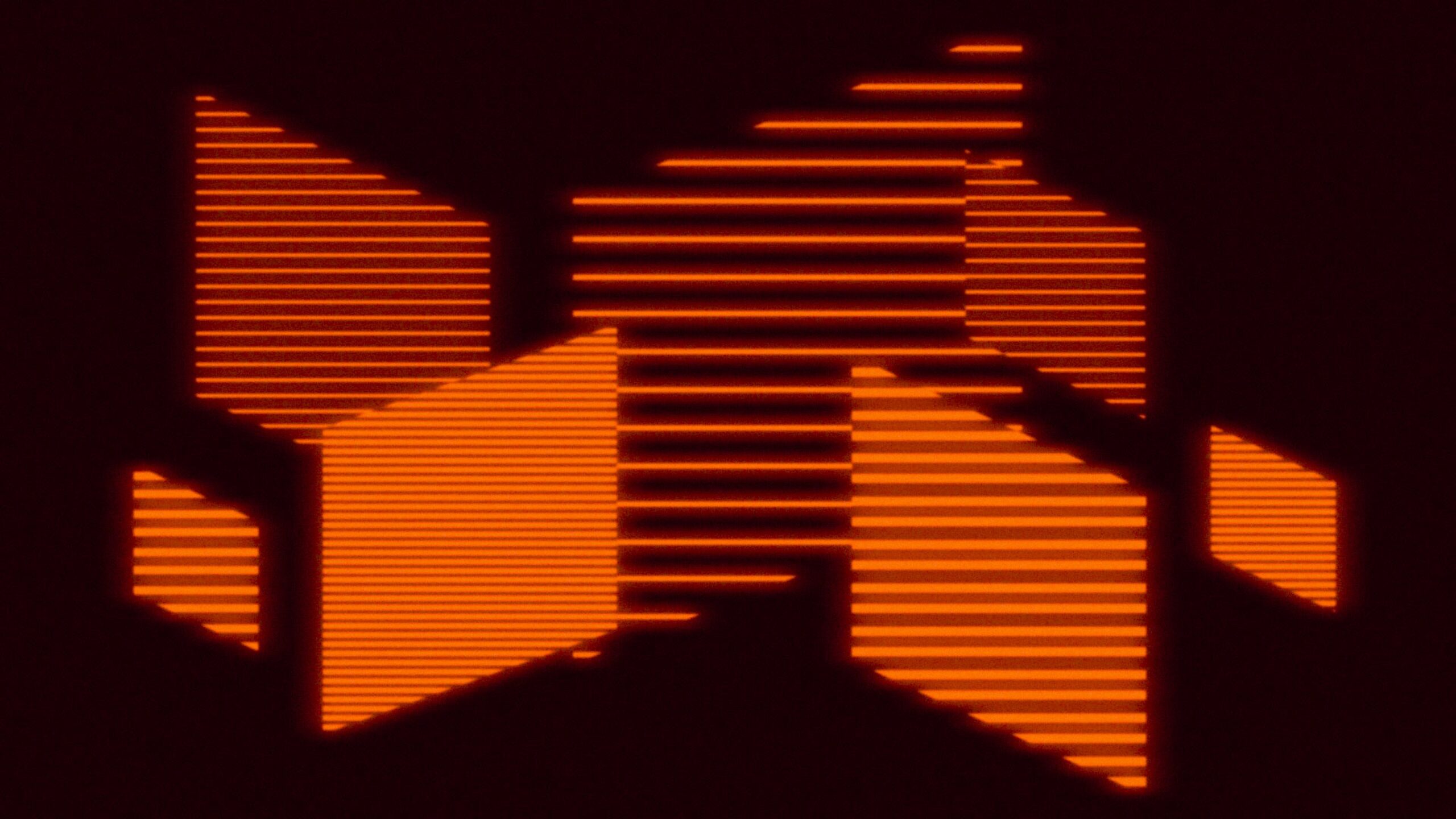Yesterday, NFT market Blur lastly allowed customers to redeem care packages for $BLUR, the platform’s native token. The occasion was extremely anticipated and resulted in a big market surge over the past month. In the end, the royalties-optional market secured over $430 million in buying and selling quantity within the final 30 days. And yesterday, the cash continued to circulation.
The occasion noticed a number of high merchants rake in additional than $1 million value of tokens. In response to information from DappRadar, Blur’s 24-hour buying and selling quantity was round $9.5 million, making it second solely to OpenSea, whose buying and selling quantity was roughly $12 million.
Now, it appears that evidently Blur goes toe-to-toe with OpenSea in a brand new chapter of the Web3 royalty wars.
In a weblog submit revealed this afternoon (February 15), the Blur workforce instructed customers that they need to block OpenSea’s NFT market. Why? As a result of creators at present can’t earn full royalties on each Blur and OpenSea. As a substitute, they want to decide on one to earn full royalties on — OpenSea or Blur, however not each.
This occurs as a result of OpenSea routinely units royalties to optionally available after they detect buying and selling on Blur. In response to OpenSea, they’ve this coverage to guard each creators and their very own backside line.
Blur vs. OpenSea defined
In a sequence of tweets posted in November 2022, OpenSea firm outlined its rationale for banning royalty-optional marketplaces like Blur.
“Within the financial downturn, a lot of these trying to promote their NFTs are attempting to promote them for as a lot as they will. Shifting their listings to marketplaces that don’t implement charges is a method to do that. For collectors, this implies NFTs they really need are more and more prone to be listed on marketplaces that don’t implement creator charges. Even when these collectors say they need to pay creator charges, they’re turning into increasingly susceptible to purchasing on these marketplaces…Except one thing adjustments quickly, this area is trending towards considerably fewer charges paid to creators.” — OpenSea
OpenSea’s reply to this downside is to encourage people to stop their NFTs from being traded on royalty-optional platforms. How do they achieve this?
To ensure that full creator charges to be enforced on OpenSea’s platform, people who created good contracts after January 2, 2023, should take on-chain motion to make royalties enforceable. In different phrases, OpenSea requires creators to make use of on-chain instruments that forestall the sale of NFTs on marketplaces that don’t implement creator royalties. Blur is a royalty-optional platform. In consequence, customers should block their NFTs from being bought on Blur to earn full royalties on OpenSea. If a person opts not to do that, OpenSea routinely units royalties to “optionally available” on these collections.
Briefly, royalty-optional platforms like Blur have to be blocked, or OpenSea makes royalties optionally available.
Blur takes difficulty with this stance, claiming that creators ought to be those to determine the place and the way their objects are bought — not corporations. “Our desire is that creators ought to be capable to earn royalties on all marketplaces they whitelist, relatively than being pressured to decide on. To encourage this, Blur enforces full royalties on collections that block buying and selling on OpenSea,” they wrote within the weblog submit.
They continued, “OpenSea has primarily cited Blur’s coverage on previous collections with out filters as the explanation for why Blur ought to nonetheless be filtered by new collections. Their proposed resolution, nevertheless, has critical flaws….which is why Blur has taken a special strategy that has a greater likelihood of fixing the difficulty for good.”
The response to the submit was swift. Many members of the Web3 group took to Twitter and started posting a few new period within the royalty wars. It stays to be seen who will win this warfare. However for now, one factor is evident — creators are caught within the center.
Editor’s Word: This was a breaking story and was up to date.

